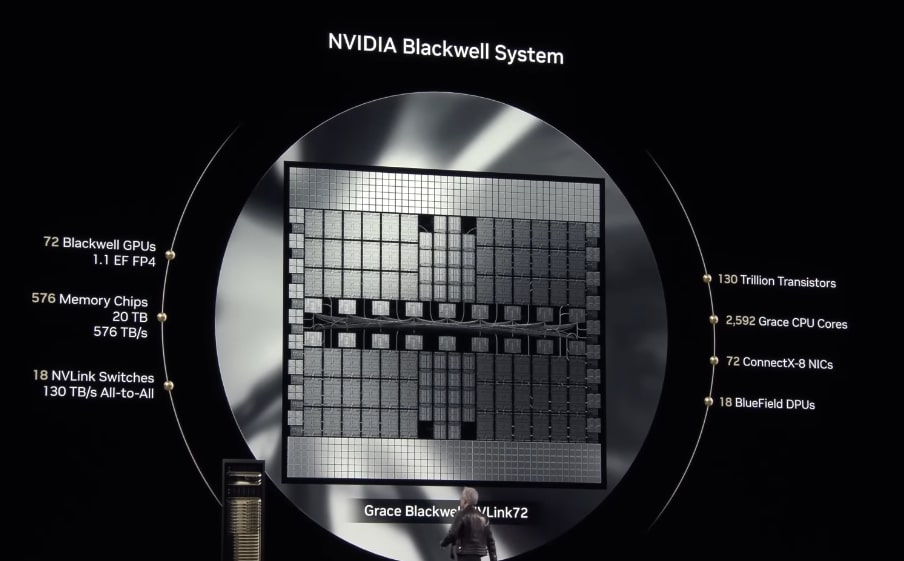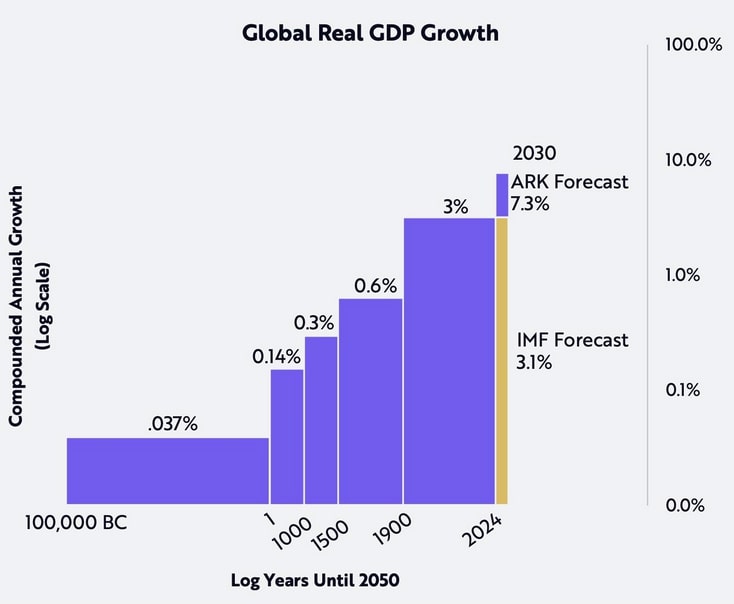Now Reading: Nvidia Ultra, Rubin and Feynman Chips and Data Center Roadmap
-
01
Nvidia Ultra, Rubin and Feynman Chips and Data Center Roadmap
Nvidia Ultra, Rubin and Feynman Chips and Data Center Roadmap

Nvidia CEO Jensen Huang described the new chip roadmap.
Blackwell Ultra (B300 Series). Release Date: Second half of 2025. 1.5X the compute of B200.
Rubin (Vera Rubin Platform). Release Date: Second half of 2026. 3.3X the compute of B300 (Ultra)
Rubin Ultra. Release Date: Second half of 2027. 14x performance increase over the GB30. 21X the B200.
Feynman Architecture. Release Date: 2028. Likely in the range of 5-20X compute increases over the Rubin chips.
Blackwell Ultra (B300 Series)
Release Date: Second half of 2025
Overview: Blackwell Ultra is an enhanced version of the existing Blackwell architecture, serving as a mid-cycle refresh rather than a completely new design.
Specifications:
Memory: Up to 288 GB of HBM3e memory (an increase from 192 GB in the standard Blackwell B200).
Performance: Expected to deliver a 50% performance uplift over the B200 series, with a thermal design power (TDP) of approximately 1,400 watts.
Additional Features: Includes eight stacks of 12-Hi HBM3e memory and integration with Nvidia’s Mellanox Spectrum Ultra X800 Ethernet switch for improved data connectivity.
Rubin (Vera Rubin Platform)
Release Date: Second half of 2026
Overview: Rubin marks Nvidia’s next major architectural leap, designed to push the boundaries of AI and high-performance computing.
Specifications:
Memory: 288 GB of HBM4 memory, the next generation of high-bandwidth memory.
Performance: Delivers 50 petaflops of FP4 inference performance per chip. A full NVL144 rack configuration provides 3.6 exaflops of FP4 compute, which is 3.3 times higher than Blackwell Ultra.
CPU Integration: Paired with the “Vera” CPU, featuring 88 custom ARM cores and 176 threads, connected via a 1.8 TB/s NVLink interface.
Architecture: Expected to be fabricated on TSMC’s 3nm process, offering higher transistor density and improved power efficiency.
Rubin Ultra
Release Date: Second half of 2027
Overview: Rubin Ultra is an upgraded variant of the Rubin architecture, further boosting performance and capacity.
Specifications:
Memory: Up to 1 TB of HBM4e memory, a significant jump in capacity and bandwidth.
Performance: Provides 100 petaflops of FP4 compute per chip, achieving a 14x performance increase over the GB300 NVL72 platform.
Configuration: Utilizes the NVL576 rack configuration with four reticle-sized GPUs for maximum scalability.
Feynman Architecture
Release Date: 2028
Overview: Feynman is the next architecture in Nvidia’s pipeline following Rubin, though details remain limited at this stage.
Specifications:
Specific features are not yet fully disclosed, but it is expected to incorporate next-generation HBM memory (possibly HBM5 or beyond) and further advancements in AI compute capabilities.
As a future architecture, it will likely build on the Rubin platform’s innovations, targeting even higher performance for AI and general-purpose computing workloads.









Brian Wang is a Futurist Thought Leader and a popular Science blogger with 1 million readers per month. His blog Nextbigfuture.com is ranked #1 Science News Blog. It covers many disruptive technology and trends including Space, Robotics, Artificial Intelligence, Medicine, Anti-aging Biotechnology, and Nanotechnology.
Known for identifying cutting edge technologies, he is currently a Co-Founder of a startup and fundraiser for high potential early-stage companies. He is the Head of Research for Allocations for deep technology investments and an Angel Investor at Space Angels.
A frequent speaker at corporations, he has been a TEDx speaker, a Singularity University speaker and guest at numerous interviews for radio and podcasts. He is open to public speaking and advising engagements.



























